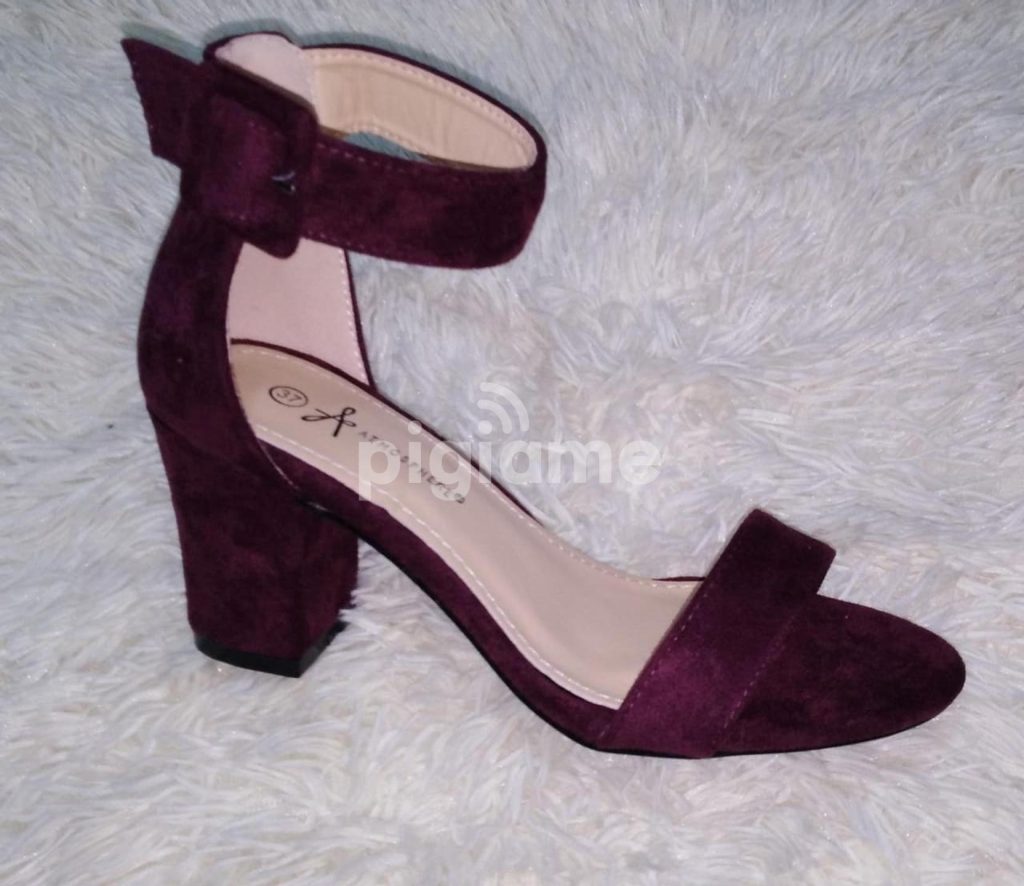INTRODUCTION:
Building a sustainable wardrobe is a crucial step towards reducing the environmental and social impact of the fashion industry. By adopting conscious consumption habits and making thoughtful choices, individuals can contribute to a more sustainable and ethical fashion future. In this article, we will provide practical tips for conscious consumers on how to build a sustainable wardrobe.

Assess Your Current Wardrobe:
- Before making any new purchases, take stock of your existing wardrobe. Assess what you already own, identify items that you no longer wear or need, and consider how you can repurpose or donate them. This evaluation will help you understand your style preferences, identify gaps, and make informed decisions moving forward.
Prioritize Quality over Quantity:
- One of the key principles of building a sustainable wardrobe is to prioritize quality over quantity. Instead of buying numerous cheap, fast-fashion items, invest in well-made, durable garments. Look for timeless designs and high-quality materials that will withstand the test of time and frequent wear.
Embrace Versatility:
- Opt for versatile pieces that can be mixed and matched to create multiple outfits. Choose classic styles and neutral colors that can be easily paired with different items in your wardrobe. By maximizing the versatility of each garment, you can minimize the need for constant shopping and create a more sustainable wardrobe.
Choose Sustainable Fabrics:
- When selecting new clothing items, pay attention to the fabrics they are made from. Choose natural and sustainable materials like organic cotton, linen, hemp, and bamboo. These fabrics have a lower environmental impact compared to synthetic materials and are often more biodegradable.
Explore Secondhand and Vintage Options:
- Consider shopping for secondhand or vintage clothing. Thrift stores, consignment shops, online marketplaces, and clothing swaps are excellent sources for unique and affordable finds. Buying secondhand extends the life cycle of clothing and reduces the demand for new production.
Support Sustainable Brands:
- Research and support fashion brands that prioritize sustainability and ethical practices. Look for certifications such as GOTS (Global Organic Textile Standard) and Fair Trade to ensure that the brands align with your values. Many sustainable brands offer transparency regarding their supply chains and production processes.
Learn Basic Clothing Care:
- Extend the life of your garments by learning proper clothing care techniques. Follow care instructions on clothing labels, wash items at lower temperatures, and air dry when possible. Mend and repair clothes instead of discarding them at the first sign of wear and tear.
Rent or Borrow Special Occasion Outfits:
- For special occasions or one-time events, consider renting outfits or borrowing from friends. Rental platforms provide access to designer pieces without the need for ownership. This reduces the demand for new clothing and prevents garments from being worn only once.
Educate Yourself and Share Knowledge:
- Stay informed about sustainable fashion by reading articles, following sustainable fashion influencers, and engaging in discussions. Share your knowledge with friends and family, encouraging them to make more conscious choices as well. Collective action and awareness contribute to a larger positive impact.
CONCLUSION:
Building a sustainable wardrobe is a journey that requires mindful choices and a shift in consumer habits. By assessing your current wardrobe, prioritizing quality, embracing versatility, choosing sustainable fabrics, exploring secondhand options, supporting sustainable brands, and adopting proper clothing care practices, you can make a significant impact on the fashion industry's sustainability. Remember, small changes in individual consumption patterns can lead to a more sustainable and ethical fashion future.









Leave a Reply